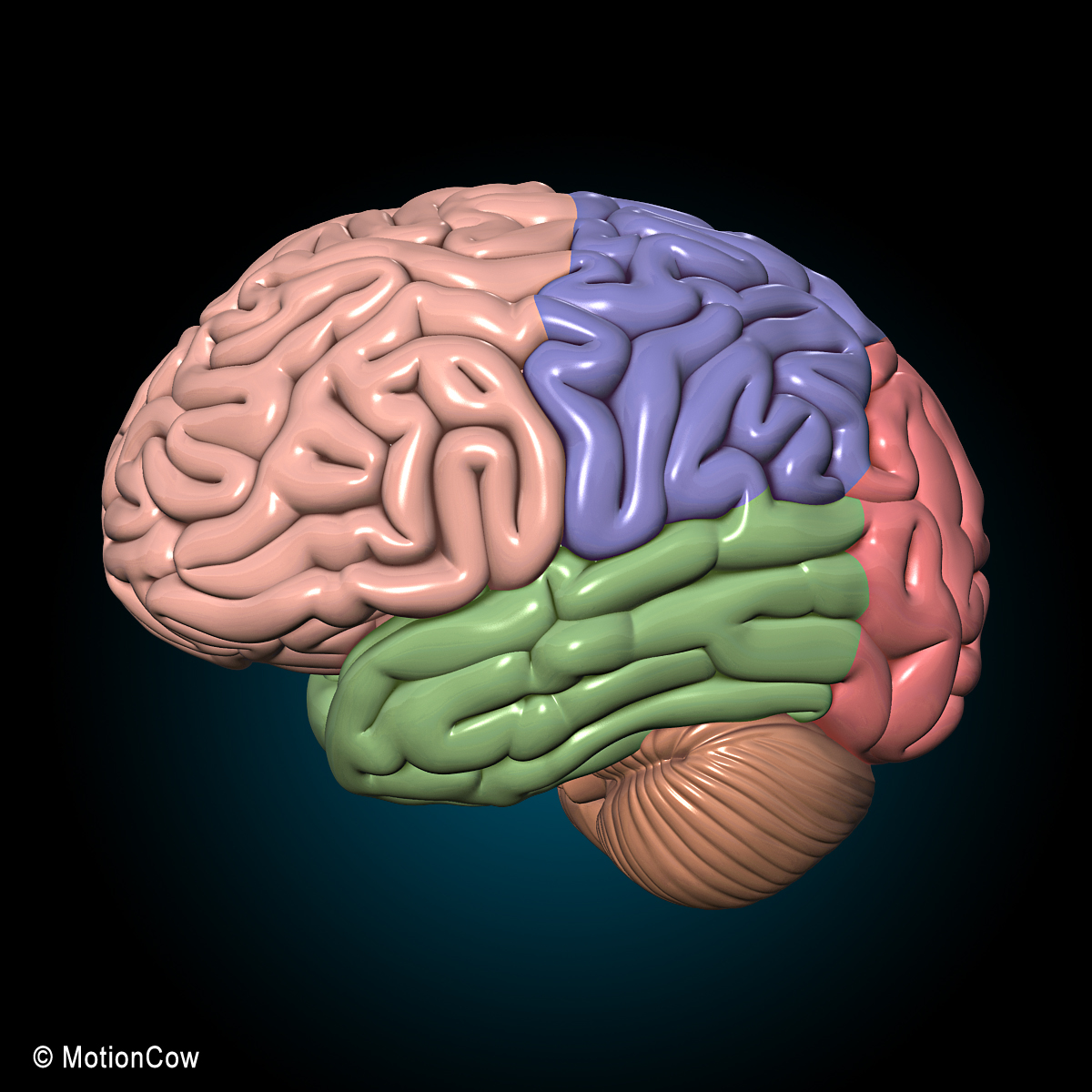

However, 2D models lack the endogenous tissue architecture, thus poses challenges to modeling of developing brain and to study of complex cell interactions in vitro. Earlier, adherent two-dimensional (2D) cell culture systems were derived from PSCs for studying neuronal development. Next efforts in stem cell technology are focused on developing methods to direct the differentiation of pluripotent stem cells (PSCs) into desired brain specific cell types. However, recent surge in stem cell and engineering technologies have provided a boost to developing human based tools to study the human brain development and disease.

Despite this, most of our knowledge about human brain has been acquired from post-mortem, pathological samples and animal models, which do not completely recapitulate the complex human brain features and initiation of disease. Distinct complexity of human brain contributed by genomic changes and protracted development has made it a daunting task to understand human brain development and neurological disorders using animal models. Human brain is the most complex and greatly developed organ in multicellular organisms. We also highlight the translational value of brain organoids and current challenges that the field is experiencing. We discuss the applications of brain organoids in studying preterm birth associated brain dysfunction viral infections mediated neuroinflammation, neurodevelopmental and neurodegenerative diseases. How synthetic biomaterials and microfluidic technology is boosting brain organoid development, has also been highlighted. Here, we summarize new advancements in methods for generation of more complex brain organoids including vascularized and mixed lineage tissue from PSCs. Their translational value has also emerged and will benefit the society once the protocols for the upscaling of brain organoids are in place. Tremendous growth in stem cell technologies has permitted the differentiation of pluripotent stem cells under 3D culture conditions into brain organoids, which recapitulate the unique features of human brain in many ways and also offer the detailed investigation of brain development, dysfunction and neurological diseases. In this perspective, three-dimensional (3D) brain organoids have shown a beam of light.

Though the anatomy and physiology of the human brain has been understood in a remarkable way using post-mortem, pathological samples of human and animal models, however, modeling of human brain development and neurological diseases remains a challenge owing to distinct complexity of human brain. Understanding of human brain development, dysfunction and neurological diseases has remained limited and challenging due to inability to recapitulate human brain-specific features in animal models.


 0 kommentar(er)
0 kommentar(er)
